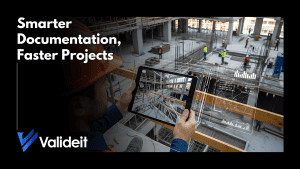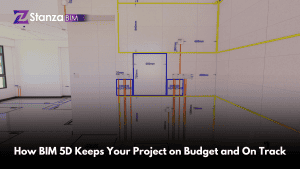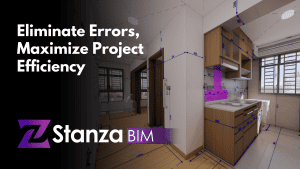“BIM is more than just a 3D modeling tool for design”
Building Information Modeling or BIM is a centralized management system that enables 3D design, along with onsite construction and information to work with coordination. Collaboration is a method that the built industry has historically struggled to adapt. It needs a structured, measured, and comprehensive approach to team working and this is where BIM is vital.
The adoption of collaboration-based BIM processes has represented a considerable leap in terms of quality. BIM is based on a multidisciplinary collaboration process, defined standard workflows, and model-centered communication. Communication is the heart of collaboration and must be supported by software that ensures seamless data exchange and maximum accessibility to information and documents by all subjects involved. A BIM collaborative approach enables the possibility for each professional to use the best software solution for their specific discipline without the risk of incompatibility or loss of data, allowing workflows integration, reduction of errors, process planning, quality control, information sharing, and complete accessibility to all data contained in the BIM model throughout the project life cycle.
Delivering a fully collaborative project through BIM ensures that all project teams are consulted at all stages throughout the project and the most up-to-date documents are hosted in one centralized location, reducing errors, file versions, or timing plans. Making full availability and transparency to information drives the costs and expected quality and consequently provides the ability to introduce the corrective measures in achieving the project beyond expectations.










